
Bone: a tissue and an organ
The term “bone” refers to both a tissue and an organ. Bone tissue is composed of cells and an extracellular matrix. Bone cells consist of osteoblasts and osteocytes, which produce and maintain bone, respectively; osteoclasts which resorb bone; and bone lining cells that include inactive osteoblasts and osteoprogenitor cells. Bone matrix consists of organic (fibers, ground substance) and inorganic (calcium phosphate) components. The organ bone is composed of bone tissue along with surface coverings (periosteum, endosteum), marrow tissue, articular cartilage, and blood and nerve supplies. 1x, 200x, 200x

Orientation >
This composite image shows a long bone, the femur (left), and two light micrographs taken from the region indicated by the green box. The center image shows the outer surface of the bone; the image to the right shows the inner surface.

- Center
This image shows bone tissue at the outer surface along with its periosteal covering.

- Right
This image shows bone tissue at the inner surface along with its endosteal covering.
Bone the tissue >
Bone tissue is composed of cells (osteoblasts, osteocytes, osteoclasts and bone lining cells) and an extracellular matrix with organic (fibers and ground substance) and inorganic (calcium phosphate) components. Bone cells are also located on the surface as components of the periosteum and endosteum.

- Osteoblasts >
Osteoblasts are cells that lie on the surface of bone and produce the matrix (deposition), surrounding themselves during the process. Once entirely enclosed by matrix, these cells are called osteocytes.
- Osteocytes
Osteoblasts are cells that lie on the surface of bone and produce the matrix (deposition), surrounding themselves during the process. Once entirely enclosed by matrix, these cells are called osteocytes.

- Osteoclasts >
Osteoclasts are located on bony surfaces. Osteoclasts break down the bony matrix (resorption) during bone remodeling and also mobilize calcium.
- Bone lining cells >
Bone lining cells are quiescent, flattened osteoblasts that cover bone surfaces where neither bone resorption nor bone formation is occurring. They can be induced to proliferate and differentiate into osteoblasts and may also represent a source of “determined” osteogenic precursors. Bone lining cells maintain bone remodeling and mineral homeostasis.
- Extracellular matrix >
The extracellular matrix of bone has both organic components, consisting of fibers and ground substance as well as inorganic components, primarily calcium phosphate (hydroxyapatite). The matrix of mature bone is highly eosinophilic due to its large content of collagen fibers.

Bone as a organ >
This bone is the femur, a long bone located in the thigh. The bulbous end of the bone is the epiphysis, attached to diaphysis, the cylindrical portion below it. The organ bone is composed of bone tissue along with its surface coverings (periosteum, endosteum), marrow tissue, articular hyaline cartilage, and blood and nerve supplies.

- Periosteum >
Periosteum is a connective tissue layer that covers the exterior surface of bones, excluding the articular surfaces. The periosteum consists of dense connective tissue plus a layer of bone progenitor cells and bone lining cells. Osteoblasts and osteoclasts are also located in the periosteum in regions of bone deposition and resorption, respectively. The periosteum also serves to anchor ligaments and muscle tendons to the bone surface.

- Endosteum >
The endosteum consists of single layer of cells that cover all internal bone surfaces. In non-active regions, the cells are squamous-shaped and include inactive osteoblasts as well as osteoprogenitor cells, which have the capacity to differentiate into osteoblasts. These two cell types are difficult to distinguish from each other. In areas of bone deposition, inactive osteoblasts transform into active, cuboidal-shaped osteoblasts. In areas of bone resorption, osteoclasts are present.
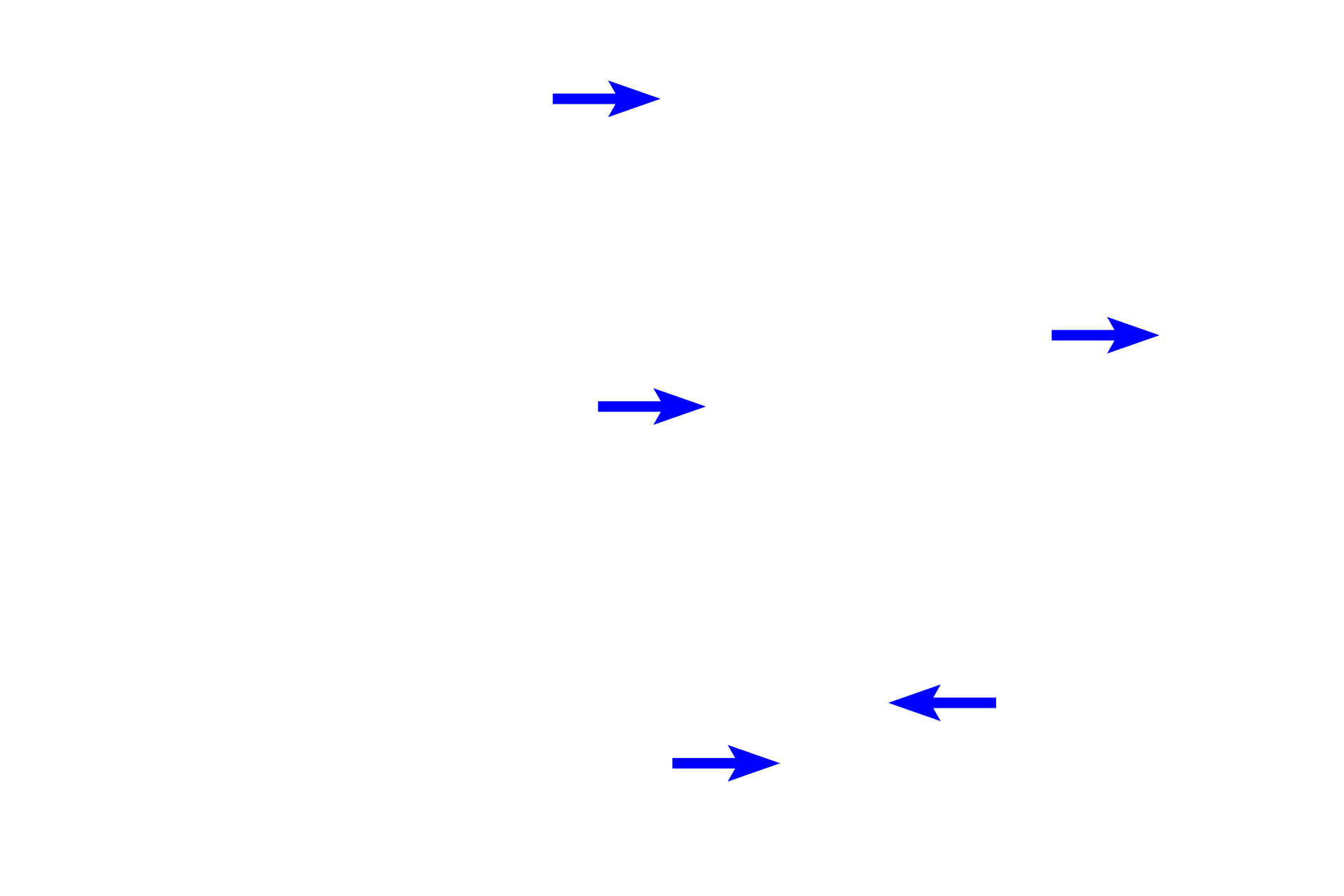
- Blood vessels >
Bone is a highly vascularized organ and tissue.

- Marrow >
The central cavity of the bone is called the marrow cavity (X) and contains either red marrow (blood forming) or yellow marrow (fat cells).
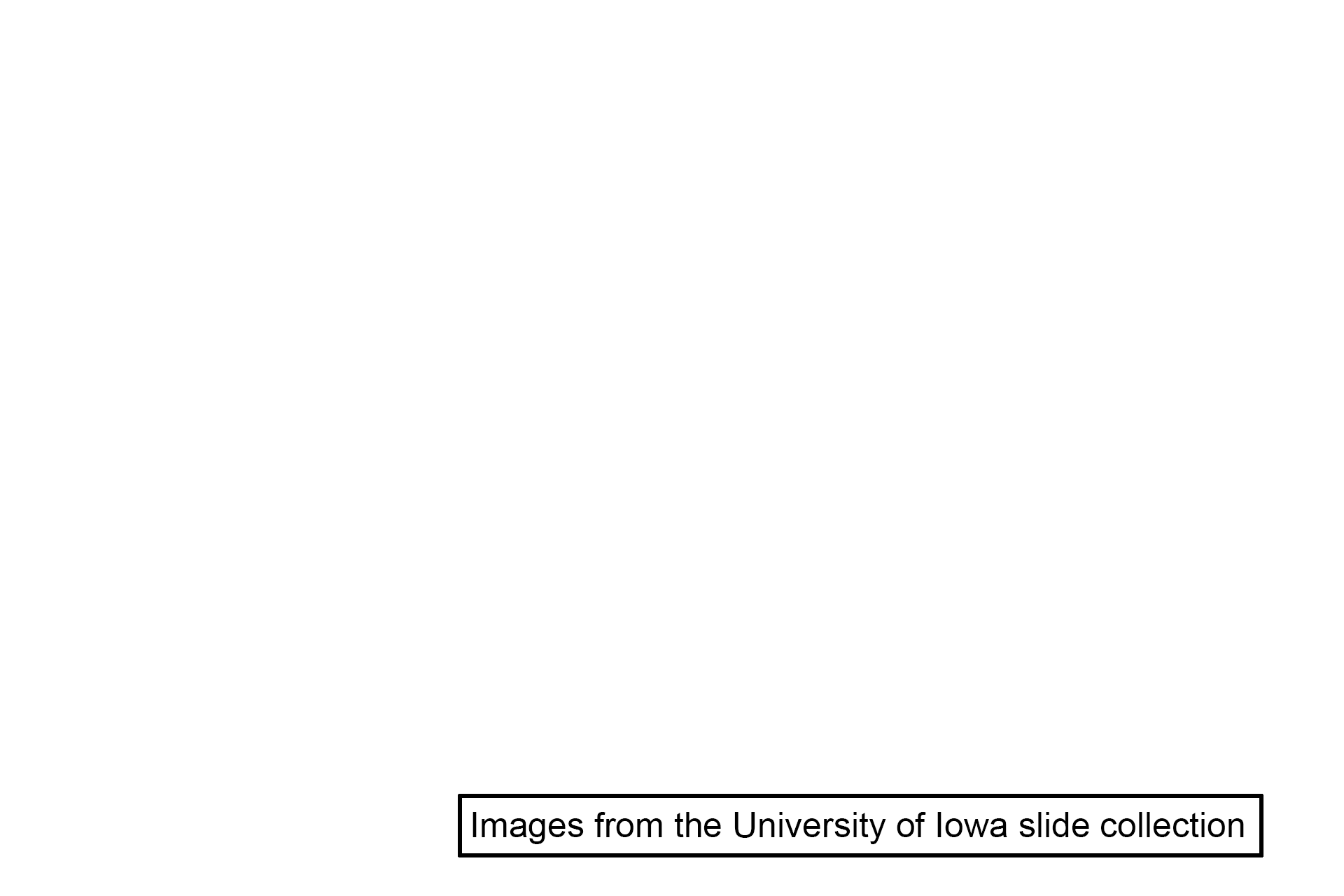
Image source >
Images taken of a slide in the University of Iowa slide collection.